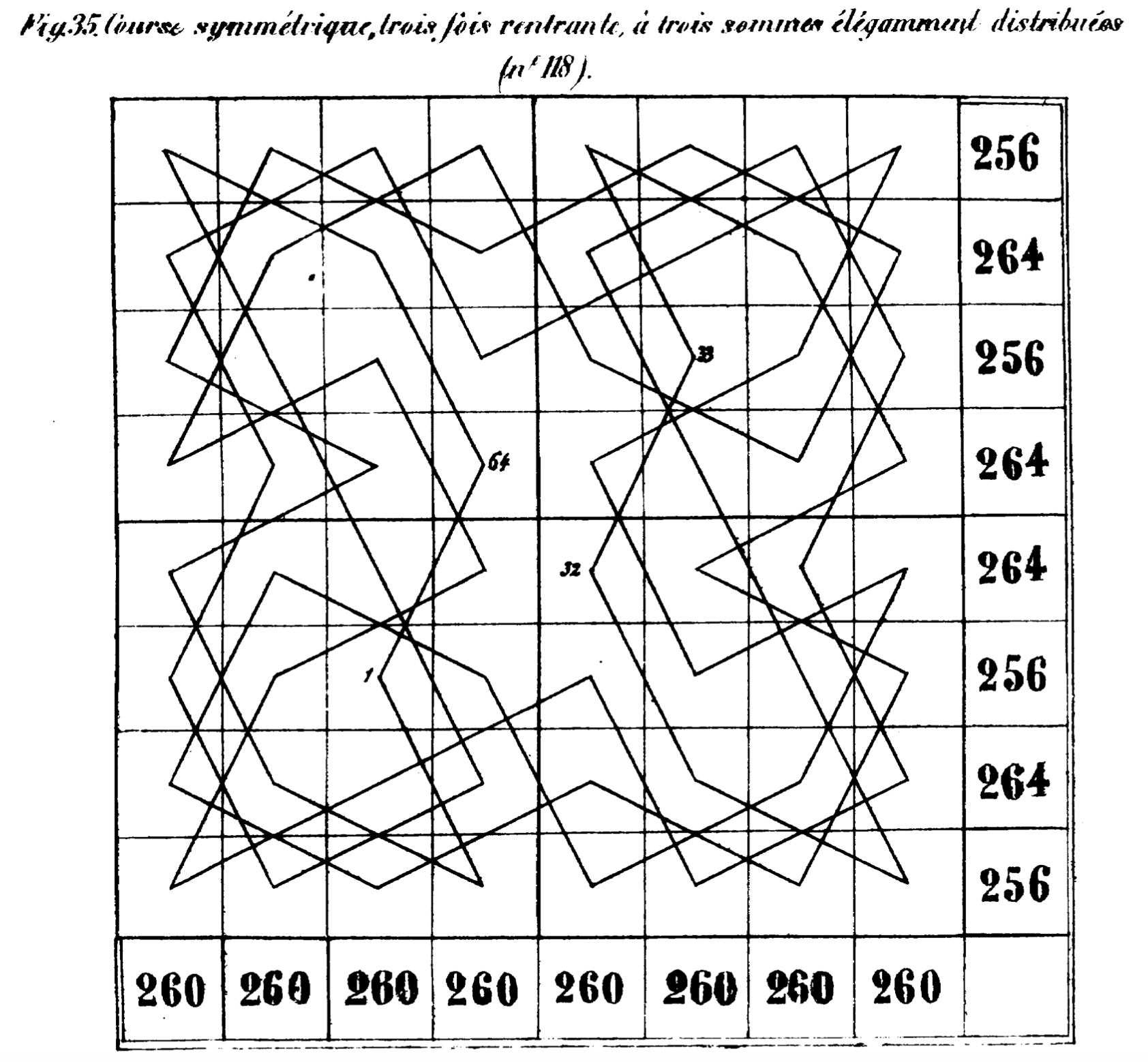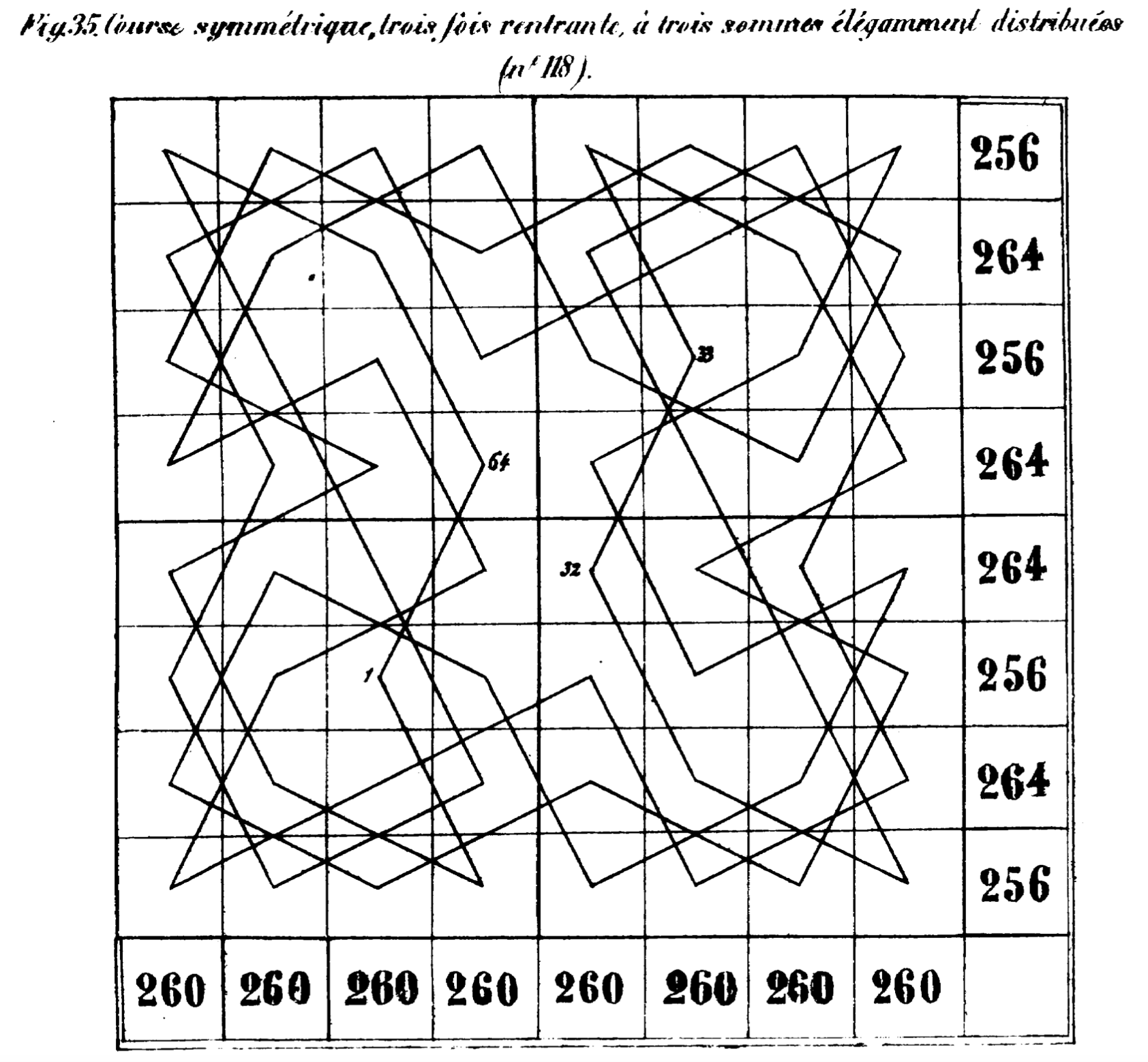2024-10-07 ニューヨーク大学 (NYU)
<関連情報>
- https://www.nyu.edu/about/news-publications/news/2024/october/how-games-like-tic-tac-toe–chess–and-peg-solitaire-inspired-de.html
- https://gamestudies.org/2403/articles/pizelo
ゲームがコンピューターを作った バベッジ、ラヴレース、そしてルーディック時代の幕開け Games Built the Computer: Babbage, Lovelace and the Dawn of the Ludic Age
Samuel Pizelo
Game Studies Published:September 2024

Abstract
This article argues that games were used as modeling technologies for the earliest symbolic computational device, the Analytical Engine of Charles Babbage and Ada Lovelace. Consequently, it is argued that the history of computing technology is one part of a longer history of games as modeling technologies. Before Babbage first wrote on the theory of computation in the 1820s, he had spent nearly a decade developing a “geometry of situation” through the study of games of skill, inspired by the work of German polymath Gottfried Wilhelm Leibniz. Babbage employed this new geometry to describe the operations of mechanical computers in space and over time in symbolic language. I argue that Babbage’s earlier study of games provided crucial tools and concepts for his later project of making a symbolic computational device. I also examine the discussion of games in Babbage and Lovelace’s earliest correspondence to argue that games continued to model crucial innovations in their design of the Analytical Engine. Examples of this include the use of punch card programs and the development of an “anticipating carry” to speed up computation. I demonstrate how Babbage and Lovelace relied on historically specific forms of games such as chess, solitaire and tic-tac-toe to develop a symbolic language describing the relationship between space, time and mechanism. This elemental correspondence between game form and computational architecture can provide computer game scholars with new ways of describing the relationship between computers and games. Recognizing the historical role of games as models foregrounds their ongoing epistemological influence.




